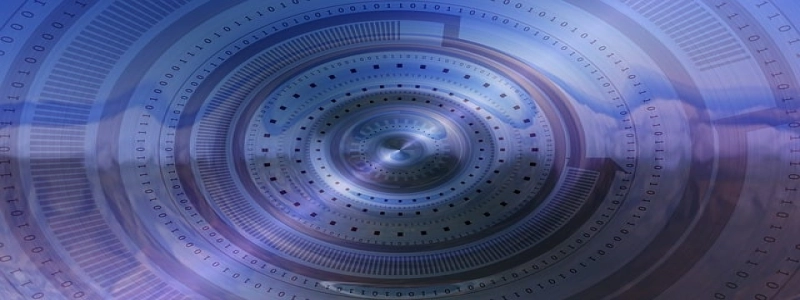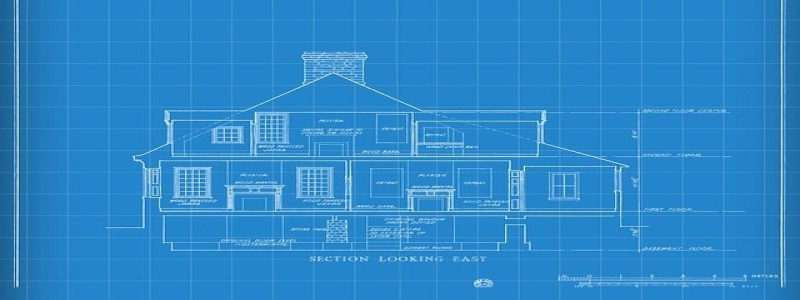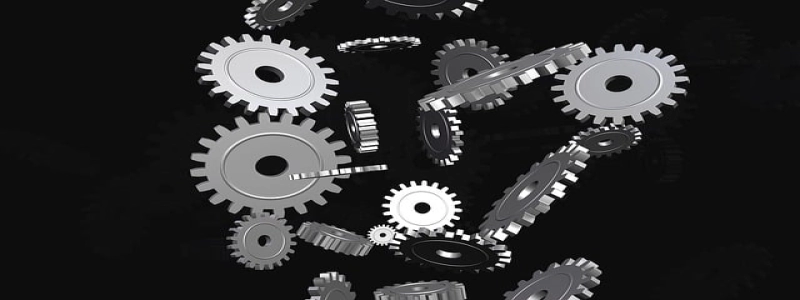Fiber Optics vs Cable Internet
Introduction:
In today’s digital age, reliable and high-speed internet has become a necessity for individuals and businesses alike. Two popular options available in the market are fiber optics and cable internet. This article aims to explore the differences between these two technologies, comparing their advantages, disadvantages, and overall performance.
I. Understanding Fiber Optics:
A. Definition: Fiber optics refers to the transmission of data through thin strands of pure glass or plastic.
B. Advantages:
1. Speed: Fiber optics provide faster internet speeds compared to cable internet.
2. Bandwidth capacity: It has a higher bandwidth capacity, allowing for simultaneous and uninterrupted streaming, gaming, and downloading.
3. Reliability: Fiber optics have a higher level of reliability, as they are less susceptible to interference from external factors like weather or electrical noise.
4. Symmetrical upload and download speeds: Fiber optics offer equal upload and download speeds, which is crucial for tasks like video conferencing or cloud computing.
C. Disadvantages:
1. Limited availability: Fiber optic infrastructure is still being installed in many areas, so availability can be limited depending on the location.
2. Higher cost: Fiber optics tend to be more expensive due to the advanced technology involved in its installation and maintenance.
3. Vulnerability to physical damage: The thin fibers can be easily damaged by construction work or accidents, resulting in temporary disruptions.
II. Understanding Cable Internet:
A. Definition: Cable internet uses coaxial cables, the same ones used for TV transmissions, to provide internet connectivity.
B. Advantages:
1. Availability: Cable internet is widely available as it uses existing cable TV infrastructure in most areas.
2. Lower cost: Compared to fiber optics, cable internet tends to be more affordable.
3. Speed: Cable internet offers fast speeds, although not as fast as fiber optics.
4. Reliable: Cable internet is generally reliable, with minimal interruptions in service.
C. Disadvantages:
1. Sharing bandwidth: Cable internet operates on a shared bandwidth, meaning that speeds can be affected during peak usage hours when multiple users are active in the same area.
2. Asymmetrical speeds: Cable internet usually offers faster download speeds compared to upload speeds, which can be limiting for tasks that require higher upload speeds.
3. Vulnerability to weather conditions: Cable infrastructure can be affected by severe weather conditions like storms or floods, leading to service disruptions.
Conclusion:
In the battle between fiber optics and cable internet, both technologies have their own strengths and weaknesses. Fiber optics, with its higher speeds, symmetrical upload and download speeds, and overall reliability, is an excellent choice for users who demand the best performance and can afford the higher costs. On the other hand, cable internet offers widespread availability, affordability, and decent speeds, making it a suitable option for users who prioritize cost-effectiveness and do not require the ultimate internet speeds provided by fiber optics. Ultimately, the choice between fiber optics and cable internet depends on individual needs, location, and budget considerations.








